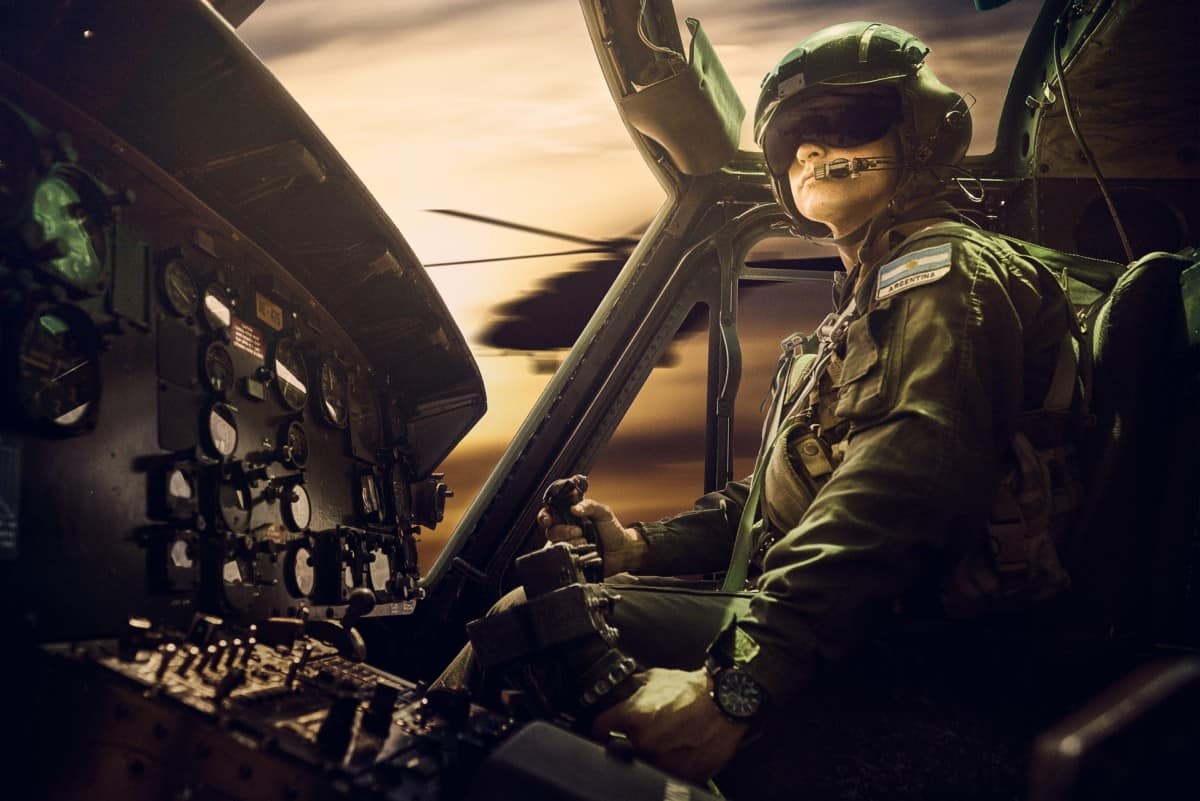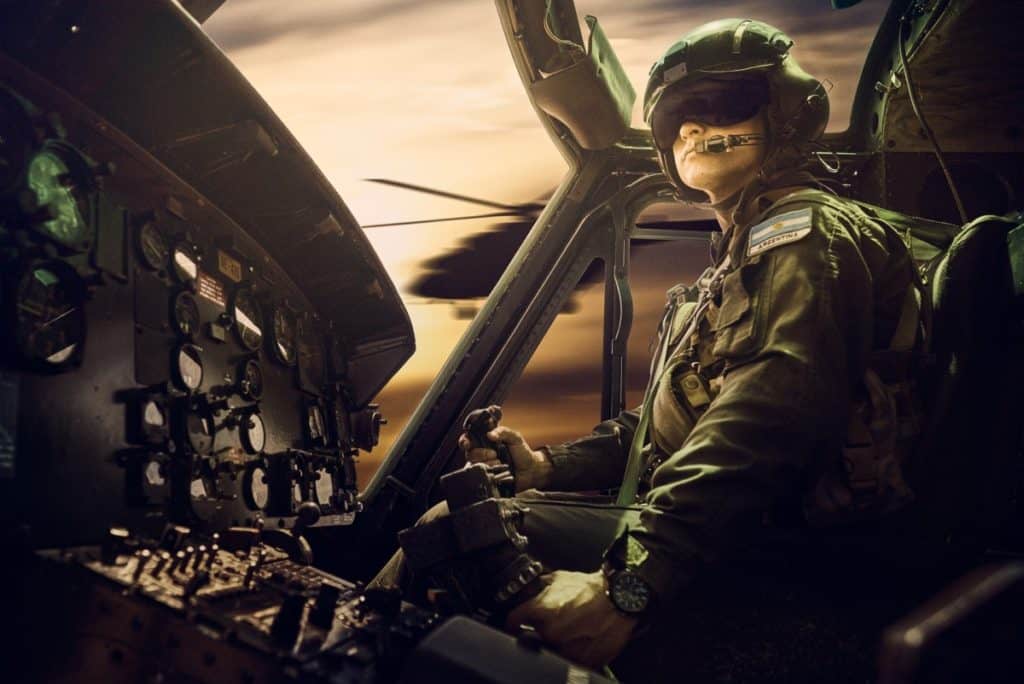
My flying career began wearing a flight suit but as time passed by I found myself wearing it less and less. Many pilots are mandated to wear flight suits by their employer whether they be military, government, or commercial, but why?
Flight suits are worn to mainly protect the pilot in the event of a fire. Today’s flight suits are primarily made of a fire-resistant fabric called Nomex which helps a pilot to escape injury in the event of a crash or a refueling incident. Convenient pockets and company branding are added benefits.
When the option to wear or not to wear a flight suit is given to the individual pilot it comes down to a personal preference. Some pilots would never fly without one, while others would never be seen dead in one! There is more to the ‘Top Gun’ flight suit than meets the eye and it’s not just the fighter pilots that get to wear them. Many helicopter and airplane pilots that work in the utility sector wear them as part of their company uniform, but why?
Do Flight Suits Improve Safety?
In today’s world, every profession is centered around safety and aviation is no different. For those pilots where accidents are of a higher risk the choice to wear a flight suit is often mandated because of their fire-resistant properties. Most high-quality flight suits are made from a material called Nomex. Nomex was originally developed by Dupont in the 1960s and has grown to be a well-known name. The lower-quality suites are usually made of a mix, which works to a certain degree, but nowhere near as good.
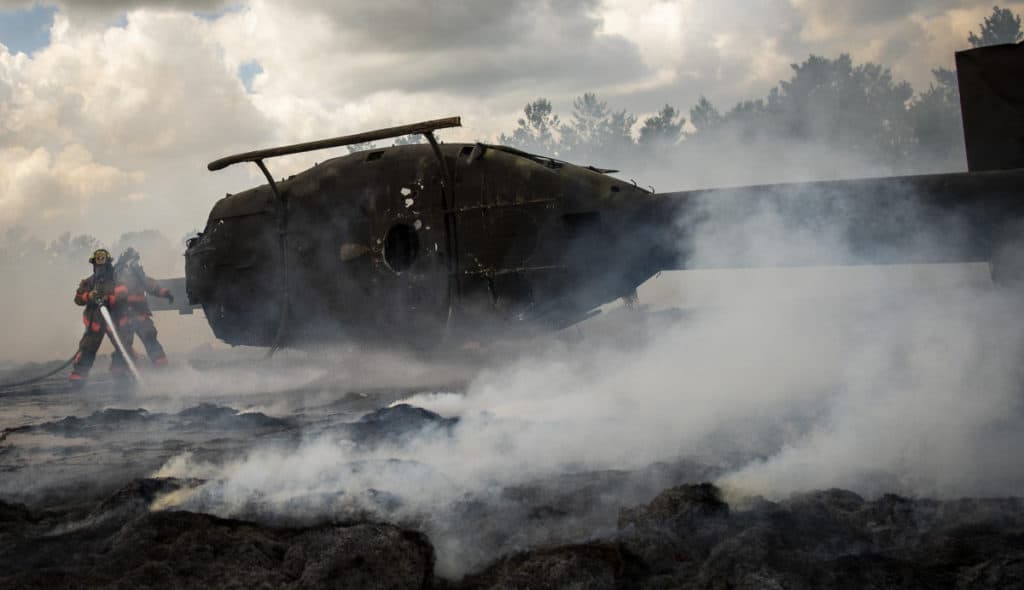
The fiber is manufactured to withstand direct flame heat up to 370°C/700°F which makes it perfect for weaving into a suit to help pilots in the event of a fire while in or around their aircraft. Although not completely fire-proof the flight suits will not melt in the seconds it takes for the pilot to evacuate the cockpit, and they will not protect from the heat itself, but compared to the modern nylons worn by most people today, the flight suits will help protect that little bit more if the worst were to happen.
Another great feature about wearing a flight suit is in survival situations where you have to evacuate an aircraft quickly and you are unable to grab the survival kit. Ditching in water is a prime example! By stowing a few simple survival items in the various pockets a pilot can dramatically increase their survivability. These are the basic items I used to carry in mine:
- Pocket Knife
- Leatherman Multitool
- Waterproof matches & cotton wool balls
- Flint Striker
- Small Basic First Aid kit
- Fishing Line
- Space Blanket
- Waterproof poncho
- Whistle
- Signal Mirror
This might seem a lot but these took up very little room and are distributed around the many pockets they became unnoticeable but were on my person if I needed a quick getaway. This tip was given to me on an aviation survival course very early in my career – You should get one booked! Not only are they great fun. but a real eye-opener into just how much trouble you could be in only a 5 minute flight away from home!

Join My Newsletter & Get Great Tips, Information and Experiences To Help You Become a Superb Pilot!
Why Do Flight Suits Have Multiple Pockets?
As just mentioned one of the great features of a flight suit is that the manufacturers equip them with multiple pockets of all different sizes. In small cockpits, space can be at a premium, and having easy access to sunglasses, pens, charts, checklists, and calculators can be done by the simple task of reaching into a pocket. Some flight suits have special pockets that have a clear window on them so as the pilot sits in the seat the pockets rest on the top of each thigh. This makes it really helpful to have checklists, frequencies, or by placing some white card in the pocket, a dry-erase area!
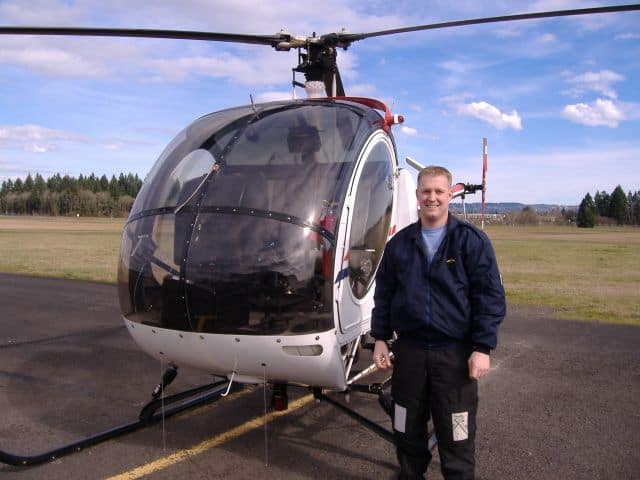
When I was in flight school I had many students poke fun at me for my clear pockets on my flight suit, but I never misplaced a frequency or important piece of information as I had it in sight, every time I flew because it was written on a piece of paper in the pocket so I could easily see it! As time went by, many thought it was such a great idea and a few of them asked me where I had purchased them from!
Are Flight Suits A Uniform?
When I was at flight school all the instructors were unidentifiable from the other students. By the time I graduated and got hired myself the school had implemented all the instructors were to wear Khaki flight suits. This instantly made it easy to see who an instructor was for the new students but it also raised the image profile of the school. Just like any company uniform, a well-kept flight suit presents a very professional image to potential customers and those in the community who regularly see the school staff.
To help create uniformity but give individuality to the instructors we wore a U.S. flag on our left shoulder and the flag of our native country on the right shoulder. This was a great idea and really showed the breadth of nationalities teaching at the school.
One of the best places to see flight suits outside of the fighter pilot locker room is on the helicopter flight line of a large wildfire. Many helicopter companies wish to portray their professional image and having all their pilots look the same is becoming more regular, even some of the engineers have to wear them too. I have worked for companies where it was mandatory and they provided the suits, other companies who provided the suits if you wished to wear one, then finally companies who never wore them.
Each company is different and I personally think it makes a big difference when there are a few pilots from the same company working on a large job and they stand out from all the shorts and denim of the other pilots!
Why Don’t All Pilots Wear Flight Suits??
Just like every decision made by someone in management, there are those pilots that will not be happy with the thought of wearing a flight suit, to the point where they would quit and go work for someone else, so why?
Cheesy or Corny
No matter where you go in the world there are always pilots with an ego that is too big to fit in the hanger door. Flashing their bars, Ray-Ban Aviators, big watch, and pilot uniforms there is a stigma around pilots. For some, they do not wish to draw any attention to themselves and a flight suit with a big name badge and even shoulder bars is just too much.
An excuse for ridicule can be a huge reason why most pilots do not wear a flight suit, especially when it is not a company requirement.
Hot and Uncomfortable
One of the downsides is that in the hot summer months flight suits can get brutally hot when in the cockpit with very little airflow and the sun is blazing through with windows. Flying a helicopter low and slow on a hot fire for days on end, I can attest to how uncomfortable you soon get wearing ‘The Jump Suit’. The uncomfortable garment can soon become a distraction and when there are many aircraft operating in a small area every pilot needs to be on top of their game. A tight, sweaty, and hot flight suit does not help!
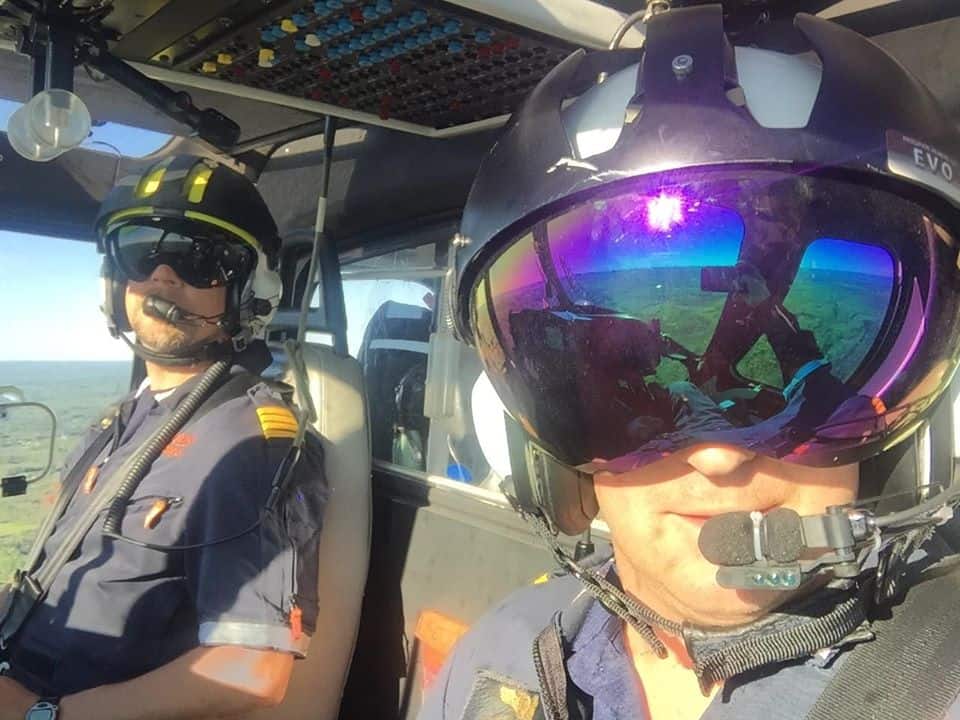
Multiple Required
To go along with the sweatiness is that they soon become stinky when worn for more than a couple of days of long, hot, sunny days of flying. To stay fresh and not clear the pilot lounge each pilot needs at least 2-3 flight suits to last them a week or two of long flying days. Not only does this mean they have to be carted around everywhere, but leads on to the next point…
Expensive
Flight suits are not cheap! With each suit costing several hundred dollars, a company or an individual can be looking at a hefty bill for just two flight suits. Although the price has come down over the years the cost of replacing the flight suits soon adds up once they become sun-bleached and start to get thin in the knees and rear end. This is one of the main reasons why pilots refuse to buy them out of their own pocket.
To Finish
Given the chance to wear a flight suit, most pilots will opt out for the many reasons listed above, but for those mandated to wear them they are a very useful tool in the cockpit and the added safety factor they bring is very welcomed. Even though I am a big fan of flight suits the cost to replace my own is too much to justify, especially knowing how uncomfortable I will get when on the next fire, which shouldn’t be long as I’m writing this while sitting at a helicopter firebase waiting for that next fire to rear its ugly, yet fun head!
Further Reading
If you found this article helpful, may I suggest a few more from me:

